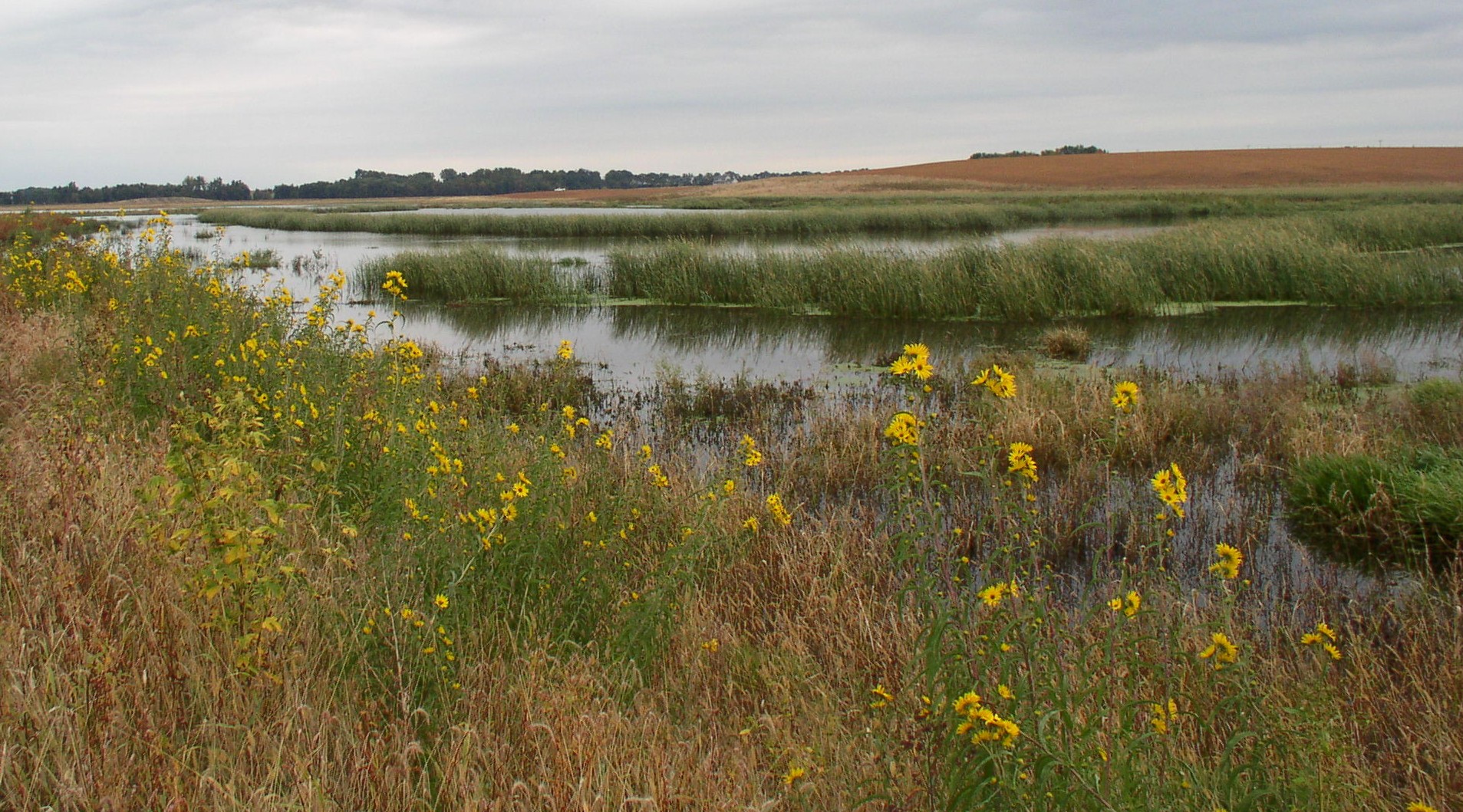Wetland Restoration returns drained and altered wetland ecosystems to a close approximation of their former, pre-disturbance condition. Wetland restoration provides fish and wildlife habitat (including threatened and endangered species), creates biological diversity, improves water quality by filtering sediments and chemicals, reduces flooding, recharges groundwater and provides opportunities for educational, scientific and recreational activities.
While BWSR administers a number of programs for which wetland restoration work occurs, its two primary programs are the Reinvest in Minnesota (RIM) Reserve program and the state's Wetland Banking Program. While these agency supported programs may vary in their purpose, they both have a common goal of developing high quality wetland restorations that are both sustainable and functional.
Implementing a successful wetland restoration and achieving a set of desired wetland functions or goals requires careful planning, design and implementation. BWSR is committed to developing and providing sound, practical restoration techniques and strategies that help achieve this.
Wetland Restoration Guidance:
- Minnesota Wetland Restoration Guide
- Technical Guidance Documents
- MN Wetland Restoration Plant ID Guide (pdf)

